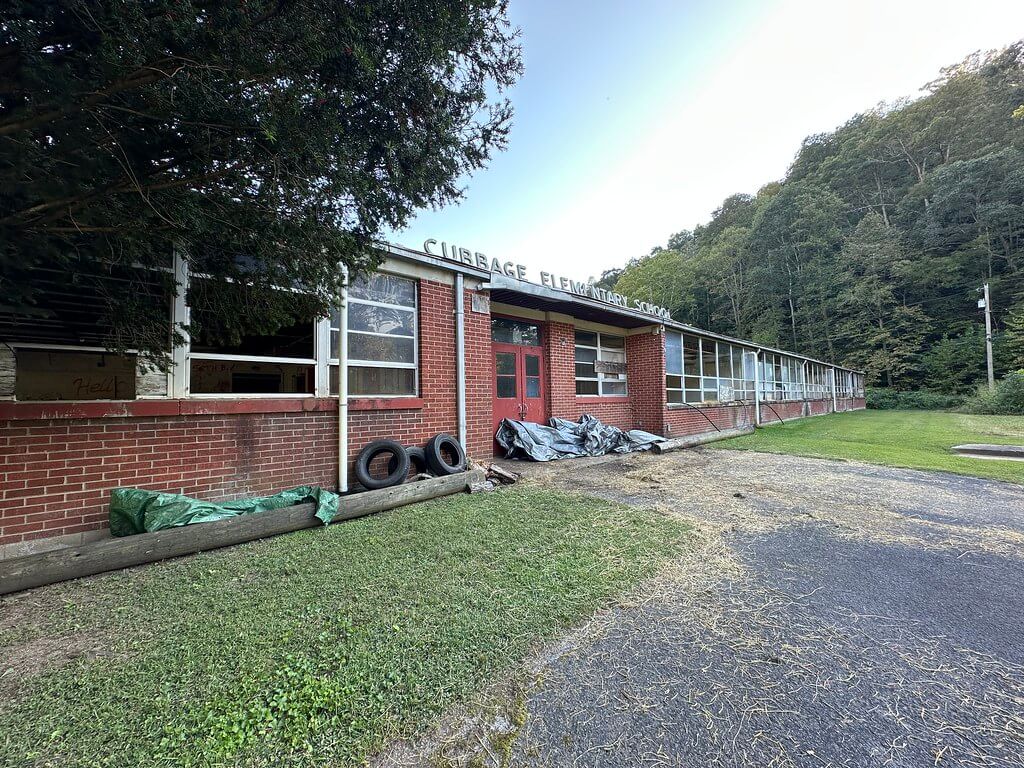Appalachian History Series Why East Tennessee mattered in 1863 When Union Maj. Gen. Ambrose Burnside moved into East Tennessee in late summer 1863, his columns relied on thin railroad guards to keep the East Tennessee and Virginia line open. One of those guard posts sat at the Limestone Creek railroad bridge and nearby depot at Telford. A short, sharp fight there on September 8 became one of the most lopsided small actions of the campaign.
Appalachianhistorian.org
Appalachian History Series Where and why Mossy Creek mattered After the siege of Knoxville, both armies probed across East Tennessee’s roads and creek valleys. Union cavalry under Brig. Gen. Samuel D. Sturgis protected the railroad corridor near Mossy Creek and Talbott’s Station. Confederate cavalry under Maj. Gen. William T. Martin covered Longstreet’s winter positions and kept pressure on the Federal outposts.
Appalachian History Series Blountville, the old Sullivan County seat on the road between Knoxville and Bristol, saw a sharp engagement on September 22, 1863. The fight came amid Maj. Gen. Ambrose E. Burnside’s East Tennessee operations, when Federal mounted troops probed toward the Virginia line to secure the railroad and pressure Confederate forces back toward the Holston River and the saltworks beyond.
Appalachian History Series On the foggy morning of November 6, 1863, Confederate cavalry swept into Rogersville and struck the Union outposts along Big Creek. The short fight ended with Federal batteries and wagon trains in Confederate hands, hundreds of prisoners on the road south, and a shaken Union command regrouping toward Morristown and Knoxville.
Appalachian History Series On December 14, 1863, in the hills where Hawkins County meets Grainger County, Confederate Lieutenant General James Longstreet tried to spring a trap at Bean’s Station. His infantry struck hard at Brigadier General James M. Shackelford’s mixed force of Union cavalry and mounted infantry, but darkness, rain, and missed connections let most of the Federals slip away toward Blain’s Cross Roads.
Appalachian History Series Blue Springs, known locally as the community around Midway and today within Mosheim, sat on the East Tennessee and Virginia Railroad. On October 10, 1863, Union forces under Maj. Gen. Ambrose E. Burnside met Confederate cavalry under Brig. Gen. John S. “Cerro Gordo” Williams here and drove them from the line.
Appalachian History Series Bull’s Gap sits where the railroad and the road squeeze through Bays Mountain between Greene and Hawkins counties. In the fall of 1864 the gap again became the key to East Tennessee. Across three days, November 11 to 13, Major General John C. Breckinridge pressed a smaller Federal force under Alvan C. Gillem, roughly 2,500 effectives, with about 3,000 Confederates on the field.
Appalachian History Series A Yard Built for Coal Country On a broad bottom along the Cumberland River, the Louisville and Nashville Railroad built a new classification yard at Shonn, the rail hamlet that would soon be known as Loyall. Construction occurred in 1921 to serve the coal boom that was transforming Harlan County. Contemporary descriptions and later summaries agree on the timing.

Abandoned Appalachia Series A school on Browney’s Creek Cubbage Elementary stood in the Miracle community of far-southeastern Bell County, Kentucky, near the junction of KY 987 and KY 219. Locals often identify the broader area by the stream that drains it, Browney’s Creek, and by the clustered family names that gave Miracle its name.
Appalachian History Series A highway made a lake Lake Linville is not a conventional reservoir built behind a separate concrete structure. Kentucky’s own mapping and basin summary explain that “Renfro Creek was dammed in 1968 by the I-75 fill embankment to create the lake.” The same Kentucky Geological Survey page notes that the Mount Vernon Water Works draws its raw water from Lake Linville and even provides a ramp locator for public access.
Appalachian History Series Setting the scene Where Paint Creek meets the Levisa Fork at Paintsville, a federal reservoir now anchors the landscape and the local economy. The U.S. Army Corps of Engineers calls it Paintsville Lake, a rock-fill dam with an impervious core that impounds a narrow mountain lake used for flood risk reduction, water supply, low-flow augmentation, fish and wildlife, and recreation.